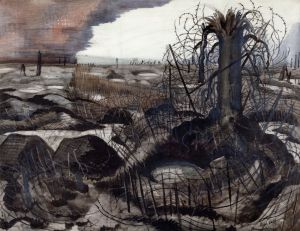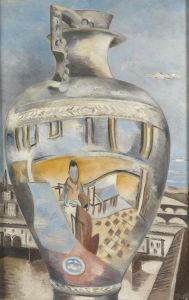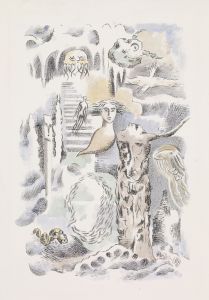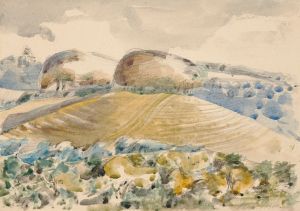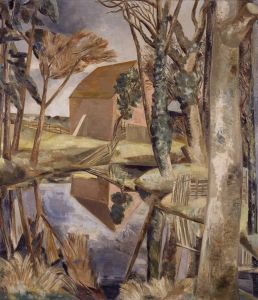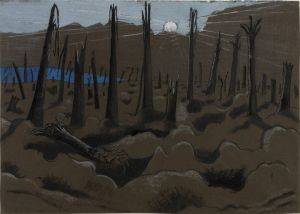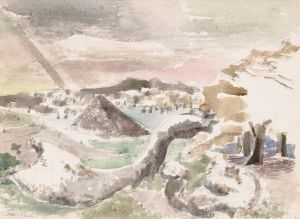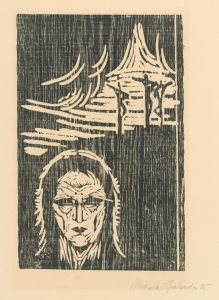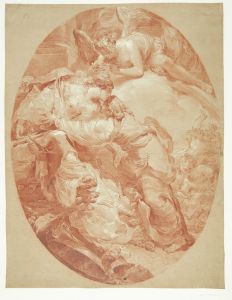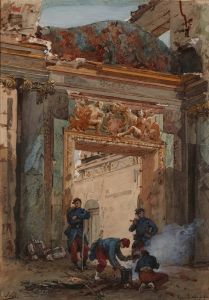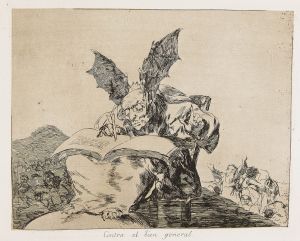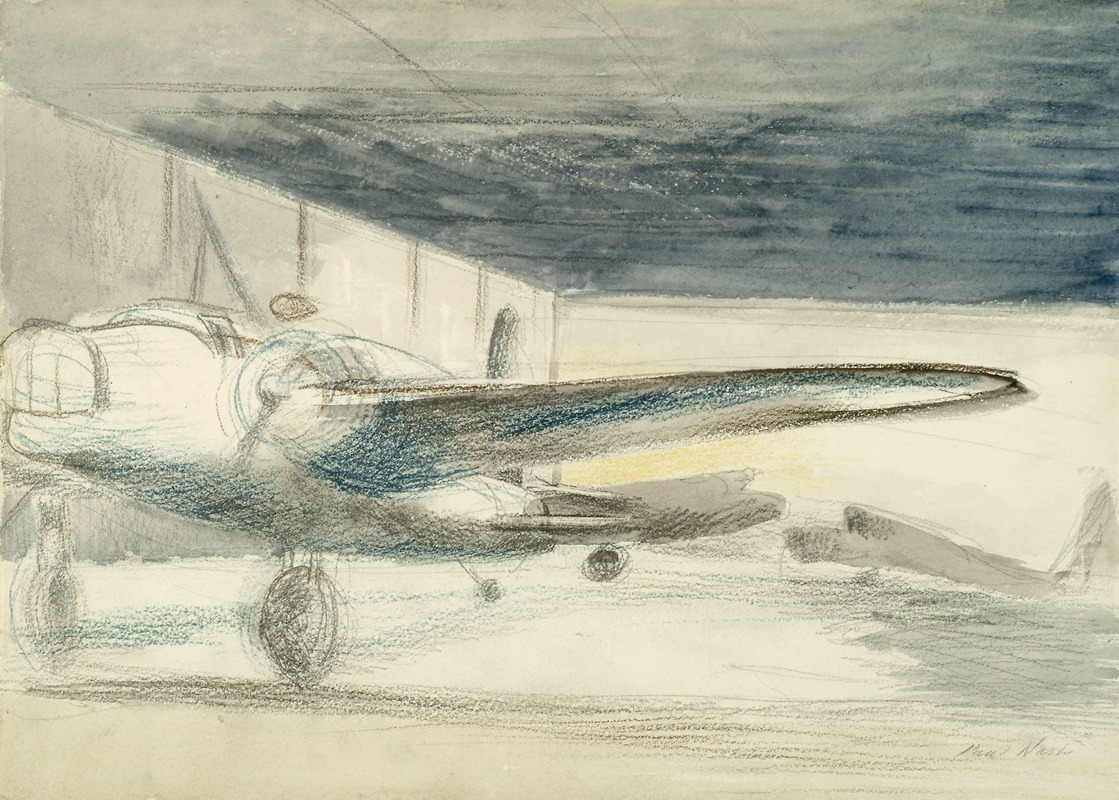
Bomber Lair
A hand-painted replica of Paul Nash’s masterpiece Bomber Lair, meticulously crafted by professional artists to capture the true essence of the original. Each piece is created with museum-quality canvas and rare mineral pigments, carefully painted by experienced artists with delicate brushstrokes and rich, layered colors to perfectly recreate the texture of the original artwork. Unlike machine-printed reproductions, this hand-painted version brings the painting to life, infused with the artist’s emotions and skill in every stroke. Whether for personal collection or home decoration, it instantly elevates the artistic atmosphere of any space.
"Bomber Lair" is a painting by the British artist Paul Nash, created in 1940 during the early years of World War II. Nash was a prominent figure in British art, known for his work as a war artist during both World War I and World War II. His experiences in these conflicts deeply influenced his artistic style and subject matter, often reflecting the devastation and surreal landscapes of war.
Paul Nash was commissioned by the War Artists' Advisory Committee, a British government body established to document the war effort through art. His role was to capture the impact of the war on the British landscape and psyche. "Bomber Lair" is one of the works that emerged from this period, showcasing Nash's unique approach to war art.
The painting depicts a scene involving aircraft, likely bombers, which were a significant aspect of the warfare during World War II. Nash's work often included elements of surrealism, and "Bomber Lair" is no exception. The painting combines realistic elements with abstract forms, creating a dreamlike, almost haunting atmosphere. This approach reflects Nash's interest in the psychological impact of war and his ability to convey the tension and unease of the era.
Nash's use of color and form in "Bomber Lair" is notable. He often employed a muted palette, with shades of gray, brown, and green, which evoke the somber mood of wartime Britain. The composition likely includes elements of the natural landscape, intertwined with man-made structures or machines, a common theme in Nash's work. This juxtaposition highlights the intrusion of war into the natural world, a recurring motif in his paintings.
The title "Bomber Lair" suggests a hidden or secretive place where bombers might be stationed or concealed. This aligns with Nash's interest in the unseen aspects of war, as well as the strategic and tactical elements involved in military operations. The painting captures the tension between visibility and concealment, a theme that resonates with the broader context of aerial warfare and the constant threat of air raids during the war.
Paul Nash's contribution to war art is significant, as he provided a unique perspective on the conflict. His work goes beyond mere documentation, offering a deeper exploration of the emotional and psychological dimensions of war. "Bomber Lair" exemplifies this approach, combining Nash's artistic vision with his wartime experiences to create a powerful and evocative image.
Today, Nash's paintings, including "Bomber Lair," are appreciated for their historical significance and artistic merit. They offer insight into the impact of war on both the landscape and the human spirit, capturing the complexities and contradictions of a world at war. Nash's legacy as a war artist endures, with his work continuing to be studied and admired for its innovative approach and profound commentary on the nature of conflict.





